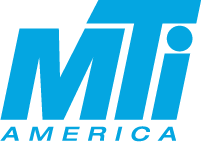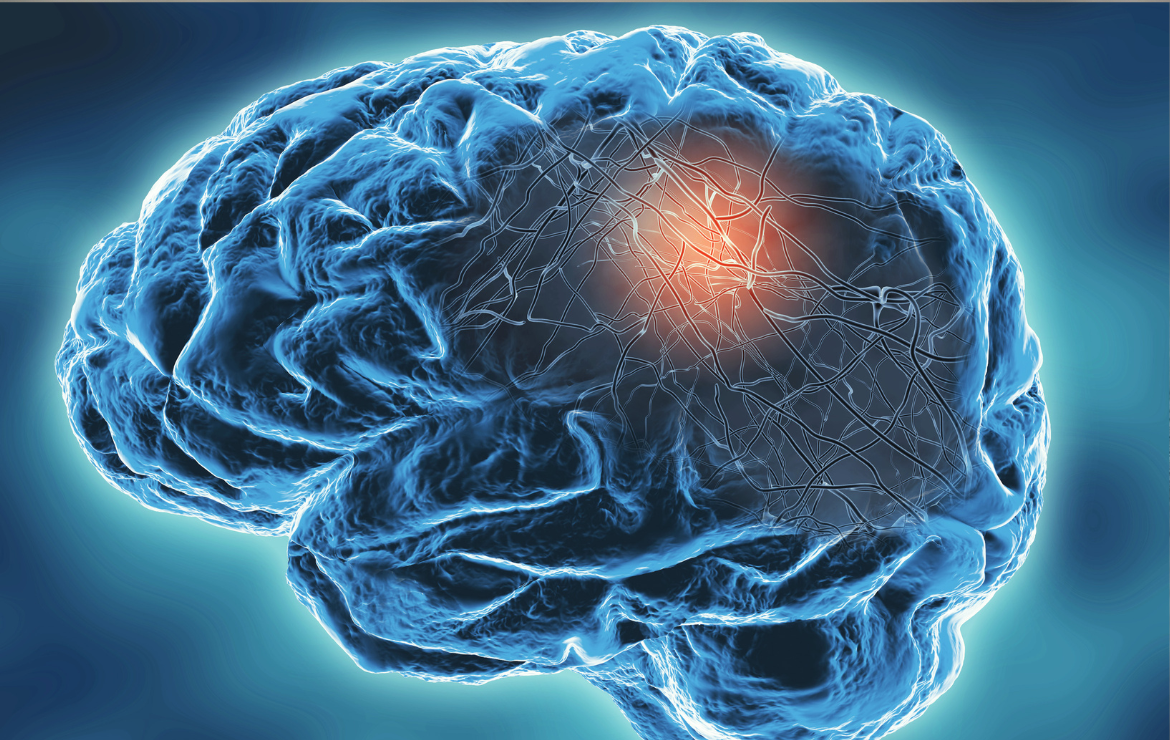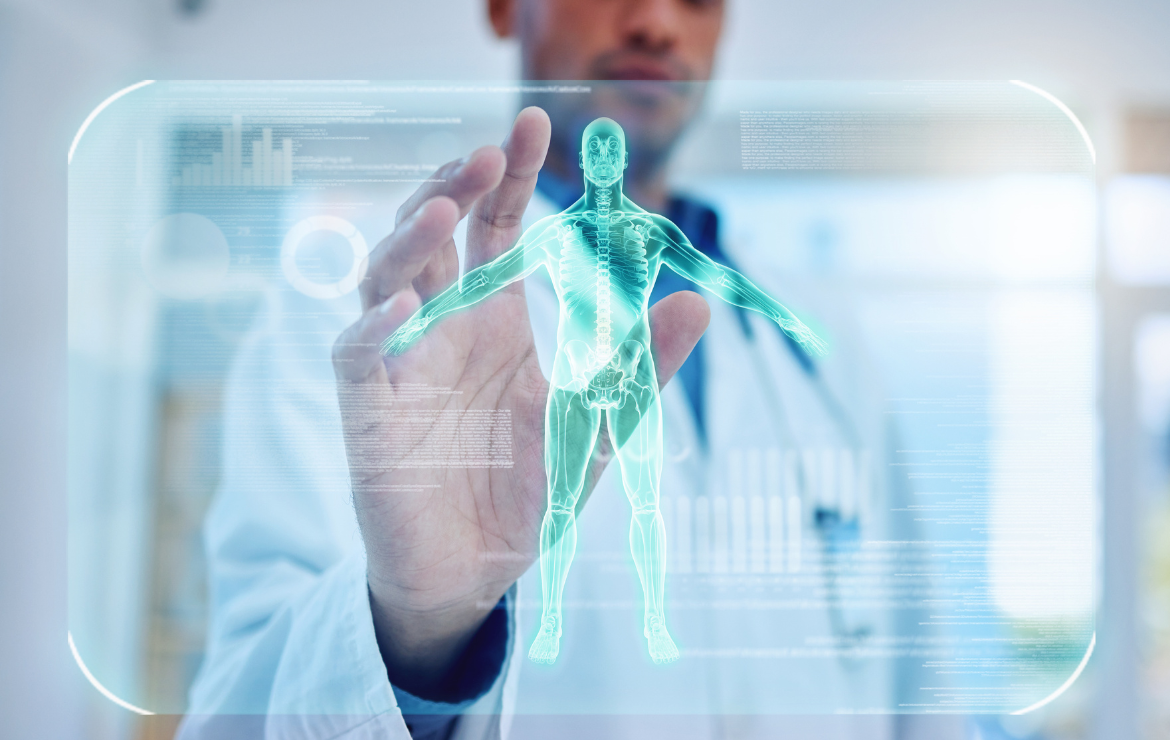Tech Trends: The Next Wave Of Technology In The P&C Insurance Industry

By: Nikki Jackson, CPCU, ARM, CDMS

The property and casualty insurance industry traditionally lags when adopting new technologies. Most of us joke about it on convention room floors and during happy hours, but in recent years, technology and the concept of digital transformation has accelerated at an incredible pace. In fact, it is resonating through almost every aspect of the claims journey by way of technology-enabled apps, cloud technology, rapid advancements in clinical and operational systems, staffing, and overall culture. In this article, we will review some of the technological advancements that are transforming the property and casualty insurance industry.
EHS Apps
There are a host of apps available to manage environmental, health and safety responsibilities. Categories include heat safety tools, ladder safety, manual lifting equation calculators, pocket guides to chemical hazards, sound level meters, ergonomics, first aid, temperature screenings, vaccination tracking, proximity and density, personal protective equipment, safety inspections, employee tracking, and more.
Many employers who were hesitant to embrace technology-enabled apps surrounding safety (think temperature screens, biometric scans, wellness checks, etc.) found themselves taking the plunge during the pandemic. Employers are finding this technology category not only helps to keep employees safe, but also impacts their insurance premiums.
Most popular downloads: OSHA-NIOSH Heat Safety Tool, NIOSH Ladder Safety App, CPR Tempo, Chemical Safety Data Sheets (SDS), WorkPose, iAuditor Checklist, Hazard Scout, and the Personal Protective App.
Telemedicine
The telemedicine market is anticipated to triple in all healthcare sectors between 2022 and 2030. The pandemic forced quick adoption and now, strategies for making use of new technology have emerged, and these will continue to shape the future of telemedicine equipment (Acumen, 2022).
One such emergence is 5G, whose main components in healthcare include hardware, services, and connectivity. You’ll hear terms like ‘5G small cells’ and others which refer to components of the 5G hardware that enable seamless and uninterrupted connections. “These components are used in operations of data transmission, wearable devices, telediagnosis, telemonitoring, telerobotic surgery, and others. They are used by healthcare providers, healthcare payers, and other end-users” (5G in Healthcare, 2022).
Telemedicine includes telerehabilitation. The telerehabilitation infrastructure for many providers was overwhelmed by the increased demand for telerehabilitation in the early stages of the pandemic. For some, like MTI America, it was simply a pivot as telerehabilitation was already an established program.
Providers continue to adapt their telemedicine platforms. Zoom is by far, the frontrunner in the telehealth platform space, but other major players include EHR Provider, FaceTime, Skype, WebEx, Teladoc, Vidyo, Intouch, Epic MyChart, and other internal, propriety systems.
In addition to 5G and telemedicine platforms, we’re seeing the continued development of wearable technology used to help monitor patients remotely. For example, some of the physical therapy providers in MTI America’s network are using wearables to monitor an injured worker’s movements during their physical therapy exercises. This technology also prompts any necessary corrections while collecting data that can be shared with the therapist. We will take a look at wearables in more detail in the next section.
Wearables
Modern wearable technology falls under a broad spectrum of usability but is really any kind of electronic device designed to be worn. Wearables typically include built-in sensors that track bodily movements, provide biometric identification, and/or assist with location tracking. A common example can be found on 45% of the wrists of Americans who wear a smartwatch like the Apple Watch (20%), or a Fitbit (16%) (DeMarco, 2022).
Tiny sensors that can be attached to the body or can be part of clothing items, have opened countless possibilities of monitoring patients and improving safety. Body-worn sensors come in many shapes and sizes, including smart clothing, chest-worn straps, headbands for brain-activity measuring electroencephalograms (EEGs), posture-detecting monitors, electronic patches, and more (Rodgers, 2019).
Wearables can help address if clinical interventions have a significant impact on a patient’s real life by gathering data beyond the clinic walls. This data is a direct observation on mobility, level of independence, treatment compliance, and quality of life.
Proximity / Social Distancing: IoT (internet of things) sensors help maintain social distances by adhering to a lanyard or other object worn on a worker. The sensors sound an alarm if they detect close interaction and will get louder if ignored (and yes, there is a way to dismantle the alarm if close work is necessary).
Workplace Safety: IoT wearable devices about the size of a pager that use sensors to monitor a worker’s movements and biomechanics. These devices are often fasted to a waistband or pocket and track posture and unsafe motion metrics.
Virtual Reality Headset/Goggles: A prescription-based, VR device to be worn at home to help reduce chronic low back pain as an alternative to opioids. VR is an immersive technology with a 360-degree view of a virtual environment with sound.
Popular Wearables: Triax, Reflex, Neofects’s RAPAEL Smart Glove, BioSleeve, Cipher Skin, BioVitals
Video Remote Interpretation
Advancements in technology have facilitated the ability of language service providers to offer remote language interpreting services with 24/7/365 accessibility. ‘Video Remote Interpreting’ (VRI) platforms have proven invaluable during the pandemic and are becoming more user-friendly with higher resolution. For example, the platform used at MTI America requires no downloads. The user (typically an injured worker) simply clicks a link using any device (smartphone, tablet, PC, etc.) and connects to an interpreter within seconds.
Automatic Speech Recognition
Automatic Speech Recognition (ASR) is the technology that allows us to use our voices to talk with a computer interface in a way that resembles human conversation. Although this technology has a long way to go before artificial intelligence systems truly communicate like humans, it is making steady progress (Alharbi et al., 2021).
One of the largest variants of ASR is Natural Language Processing (NLP), which has laid the foundation for conversations between people and machine intelligence. Examples of NLP include email filters (think spam filters), Siri, Alexa, Google Assistant, predictive text, language translation, voice text messaging, and related keywords on search engines.
In the property and casualty insurance industry, we are seeing ASR and its NLP variant being used to improve user experiences (spell check, search autocomplete/autocorrect), automate support (think chatbots and customer service), monitor and analyze feedback, perform machine translations, provide automatic insights, detecting likely edits in clinical notes, detecting insurance fraud, and more.
Predictive Analytics
Predictive analytics tools collect data from a variety of internal and external sources to help us understand and predict behavior, trends, and actions. These predictive analytics tools are driven by artificial intelligence technologies like machine learning which models human thought. Property and casualty insurance companies are collecting data from agent and client interactions, claims data, telematics, smart homes, and social media.
In workers’ compensation, for example, predictive analytics can help identify claims that have the potential to become outlier claims (high-cost losses). By reviewing historical losses, we can scan for similarities and send automated alerts to the appropriate parties (usually the claims administrator and/or client/carrier). This data can also be used to develop action plans for similar claims that will be filed in the future.
In healthcare, providers use predictive analytics to assist in decision-making and evaluate big data, ultimately to improve patient outcomes and provide relief for healthcare workers. Machine learning algorithms can be programmed from big data and past patient outcomes to provide treatment insights which should work best for the current patient.
Electronic Payments / Billing
This option for payment is excellent because it allows bill delivery and payment to take place online. MTI America clients and many other companies are cutting costs and improving overall efficiency by taking advantage of electronic payments and billing.
Electronic Data Interchange (EDI) is the electronic interchange of business information using a standardized format; a process which allows one company to send information to another company electronically, rather than using paper. When it comes to billing, these EDI connections must be established with each insurance payer through a series of detailed and lengthy applications. Several e-billing vendors / clearinghouses exist in the insurance industry to assist.
Popular e-Billing vendors: iComp (formerly WorkComp EDI), Bishop, Conduent, & Jopari
Productivity Tracking
Risk-related technology can also help with productivity, which means that it can reduce losses, but it can also drive top-line revenue by increasing productivity. Tracking and monitoring team member’s level of productivity require innovative and interactive tools. Productivity tracking software empowers managers with the tools to assess their team’s quality of work and improve task completion time – without micro-managing their employees’ day-to-day.
Popular employee productivity tracking tools according to PC Magazine (2022): Teramind, Veriato Cerebral, ActivTrak, Controlio, Hubstaff, Interguard, StaffCop, VeriClock, and Workpuls.
Learn More
Join MTI America at WCI on Tuesday, August 23, 2022, during our LIVE session, “Hey Siri, Help Us Care for Injured Workers Remotely Using Technology.” We will discuss how we might be tempted to revert to pre-pandemic practices because of the familiarity and normality associated with long-established methods, but discover how many stakeholders are recognizing that some adaptations and changes forced by the pandemic are preferable to previous approaches. In this session, we will also explore the new wave of technology behind some of these approaches.
Unable to join us LIVE at WCI? Check out our free webinar on July 27, 2022, where we explore the new advances in technology in the telerehabilitation space. Register Today: https://www.mtiamerica.com/telerehabilitation-ce-webinar/











